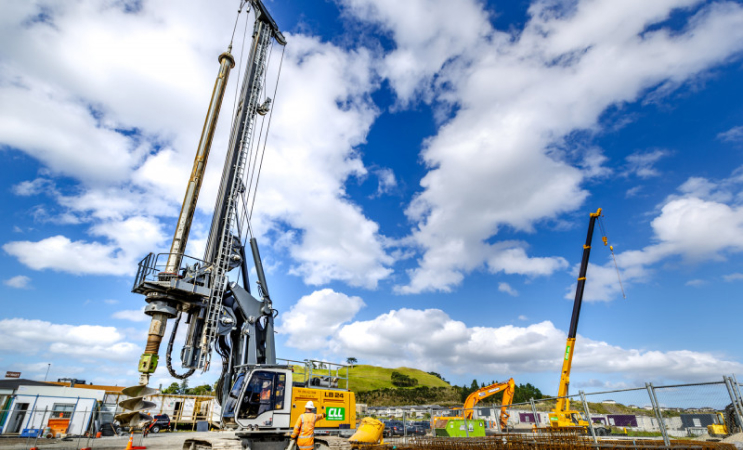Rigid inclusions
Rigid inclusions are ground improvement elements used to transfer loads through weak compressible soils, to deeper underlying competent soils. They are also known as grouted rammed aggregate piers.
They are made from plain concrete, aggregate/grout and other combinations, and a very economical alternative to deep foundations such as driven or drilled piles.
This allows the use of conventional shallow footings, and as they are not structurally connected to the foundation, eliminating the need for heavily reinforced pile caps, grade beams and structural slabs.
Rigid inclusions are especially suited to soft soil profiles such as peat or organics, soft silt, or clay, as they take a structural load from the top of concrete column all the way down to a the soil’s hard layer. The load is not shared with the soil matrix.
Little to no spoil is created, and fast production rates can reduce foundation construction costs by half compared to deep foundations and structural slabs.
“No spoil is removed with rigid inclusions. A tool is rotated all the way to depth, and as it is removed concrete is pumped down. It creates the same diameter pier all the way, but there’s no vibration, and no soil densification. The subsequent series of stiff elements takes the load from top to bottom. A layer of aggregate, usually of gravel that’s 300-400mm thick at the top forms a load transfer platform”

